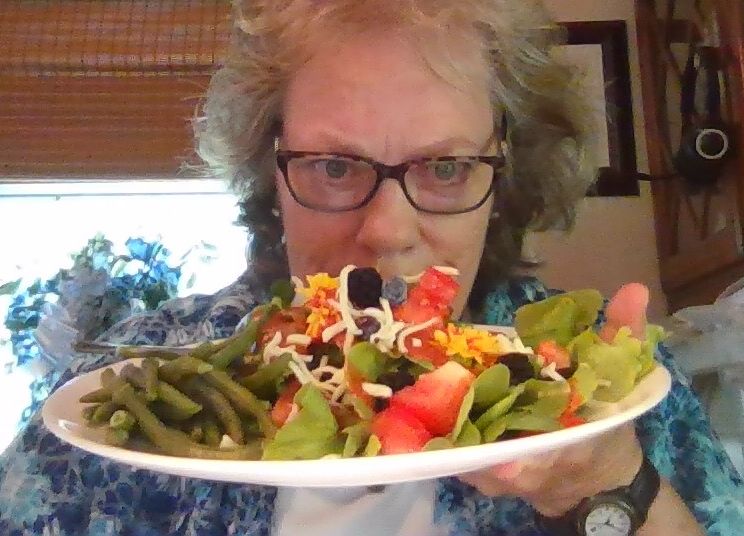
When I’m not editing, writing, or reading you can often find me gardening. We have quite a kitchen garden, which is a bit of a triumph for me considering I was a successful gardener back up in New York, but gardening in the deep south is a whole ‘nother animal. I had to relearn everything.
The length of growing season was vastly different: for example, daffodils come up in South Carolina toward the end of January whereas in New York they came up in March. The weeds here are exponentially worse: there was no hard freeze guaranteed to reset the weeds to start over next year. Here we have weeds all year round, a plethora of even winter weed types, and they grow very quickly in the subtropical heat. And that goes double for the insects! Certain things that grew well in my New York kitchen garden were no match for the bugs here, things like head lettuces and cabbages were eaten form the inside out–only loose leaf lettuce and cabbage will grow here without insane amounts of insecticide. Other things grow in the Carolinas that were out-of-the-question (or at least extremely difficult) up north.
So on Long Island, in NY, pansies were a spring flower. Here they are planted for the winter and are replaced in the spring when they get “leggy.” Up north you could grow figs as long you kept them under a certain size and covered and babied them all winter. Here they grow like gangbusters in your yard. Up north I could not grow okra, sweet potatoes, or jalapenos. Down here I cannot grow beets (except for greens) or most radishes.
And it’s so hot here most of the year that my compost pile has to be in the shade or it will dry out. And we’re growing our own ginger root!

The strawberries and daikon radishes are done for the year. The blackberries and blueberries are in. Taters and sweet potatoes are coming up. Lots of lettuce and green onions will happen until November. The figs and grapes will be a bumper crop, and the green beans and tomatoes are doing great, now that we’ve learned to grow tomatoes in 5-gallon buckets and only use certain disease-resistant varieties. Also doing well are the Jerusalem artichokes, creeping thyme, and oregano (if there’s one technique I love it’s planting things like those last three that choke out the weeds!)
We have turnips and edame and three kinds of peppers in process, as well as kale and basil and tons of carrots. And more. Plus we’ll process a lot of things we harvest elsewhere, like pears and pecans and local peaches.
It’s a lot of work but it gets me out of my chair and away from my computer into fresh air and sunshine. I’m so vey grateful that I am now well enough to do all this, thanks to my pacemaker.
